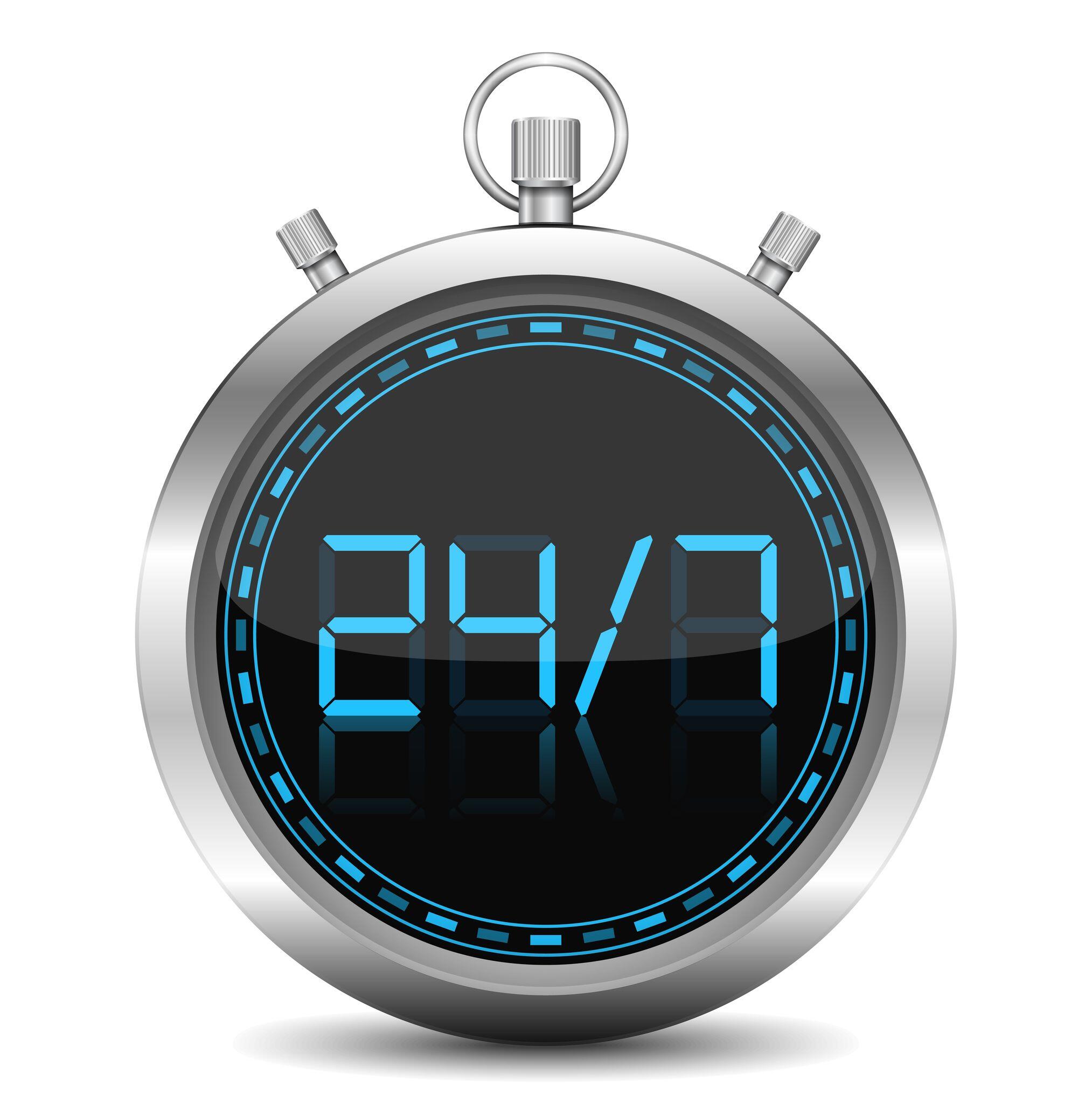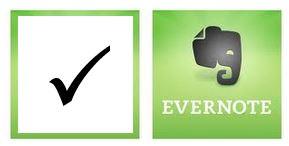08 Apr How To Better Manage Your Time
 Time management is such a funny phrase. We all banter it about like we understand it, but really what does it mean? My definition of Time Management is getting done what you have to do so there is time to do what you want to do. There is such a wealth of information and tools to help manage your time – but as with everything I espouse IF IT’S NOT EASY, IT’S TOO HARD.
Time management is such a funny phrase. We all banter it about like we understand it, but really what does it mean? My definition of Time Management is getting done what you have to do so there is time to do what you want to do. There is such a wealth of information and tools to help manage your time – but as with everything I espouse IF IT’S NOT EASY, IT’S TOO HARD.
What works? Here are some simple strategies you can implement starting now:
- Set meetings with start and end times: When setting appointments, meetings and networking don’t just set a start time SET AN END TIME. If I’ve budgeted an hour for a coffee meeting and the person I’m meeting budgets two than one of us is going to be disappointed. When setting meetings make it clear: “I’ve got us down from 1pm to 2pm”
- Stay in control of interruptions: You don’t have to answer the phone when it rings – but if it is someone you want to talk to there are techniques that you can use that will keep you from getting off course. State up front how much time you have (or want to invest): “I’ve got 20 minutes”
- Give your work a time budget. Just like you know how much money you’ll spend for an item ($18 entrée ok…$38 entrée too much) think about how much time is reasonable to spend on a specific task (1 hour ok…3 hours too much). If I have deemed a project to be worth one hours’ worth of time not only will I set a timer for an hour to cue me to stop, but I’ll set another for 45 minutes, so I know when I have 15 minutes left. Always ask yourself “how much time is this task worth?”
When determining your time commitment keep in mind Pareto’s Principal (the 80/20 guy I talk about all the time.) You will accomplish 80% of your work in 20% of the time. That means if you meet someone for coffee/lunch/networking you’ll have held the most important parts of the conversation in the first hour, anything additional contributes minimally.




